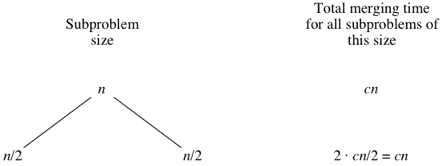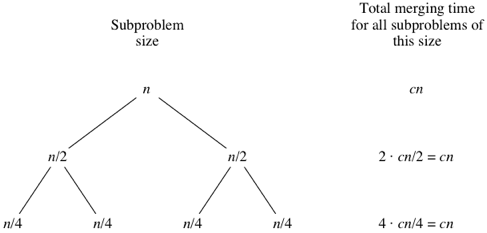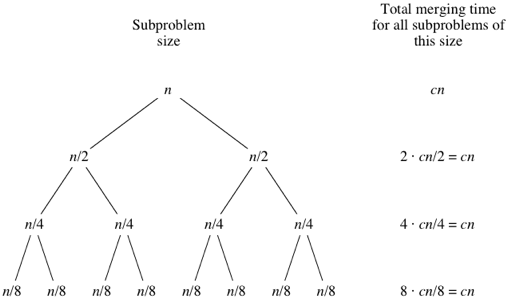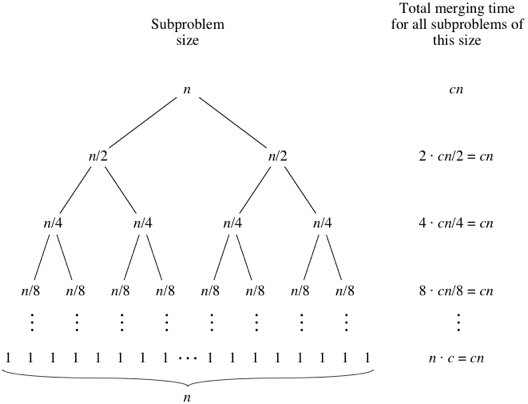This is a sort of edit-distance question, and is very easy. I am just quite brain dead on this subject and can't figure it out so far.
Given a series of numbers, e.g.
[3, 1, 1, 1] In the above example, the most efficient moves would be:
[1, 1, 1, 1] I can't figure out the best way to find this out, given much larger arrays of hundreds of numbers.
I originally tried computing the rounded average number (sum of all divided by length), and then reducing them to the computed average, but the above example broke this, requiring 4 moves instead of 2.
I suppose I could figure:
- The average,
- The mode,
- The median
Asked By : dthree
Answered By : mhum
The answer is to take the median. One of the properties of the median is that it minimizes the L1 distance to each element. (To make sense of the Wikipedia article, take the probability distribution to be the uniform distribution over your original series of numbers).
This is the algorithm which solves the problem (originally written by dc2):
This is the algorithm which solves the problem (originally written by dc2):
function median(arr) { arr.sort(function(a, b) { return a - b; }); var half = floor(arr.length/2); if ( arr.length % 2 ) { return arr[half]; } else { return (arr[half-1] + arr[half]) / 2.0; } } function minl1(arr) { var moves = 0; var mdn = median(arr); for ( var i = 0; i < arr.length; ++i ) { moves += Math.abs(mdn - arr[i]); } return moves; } minl1([3, 1, 1, 1]); // -> 2 






